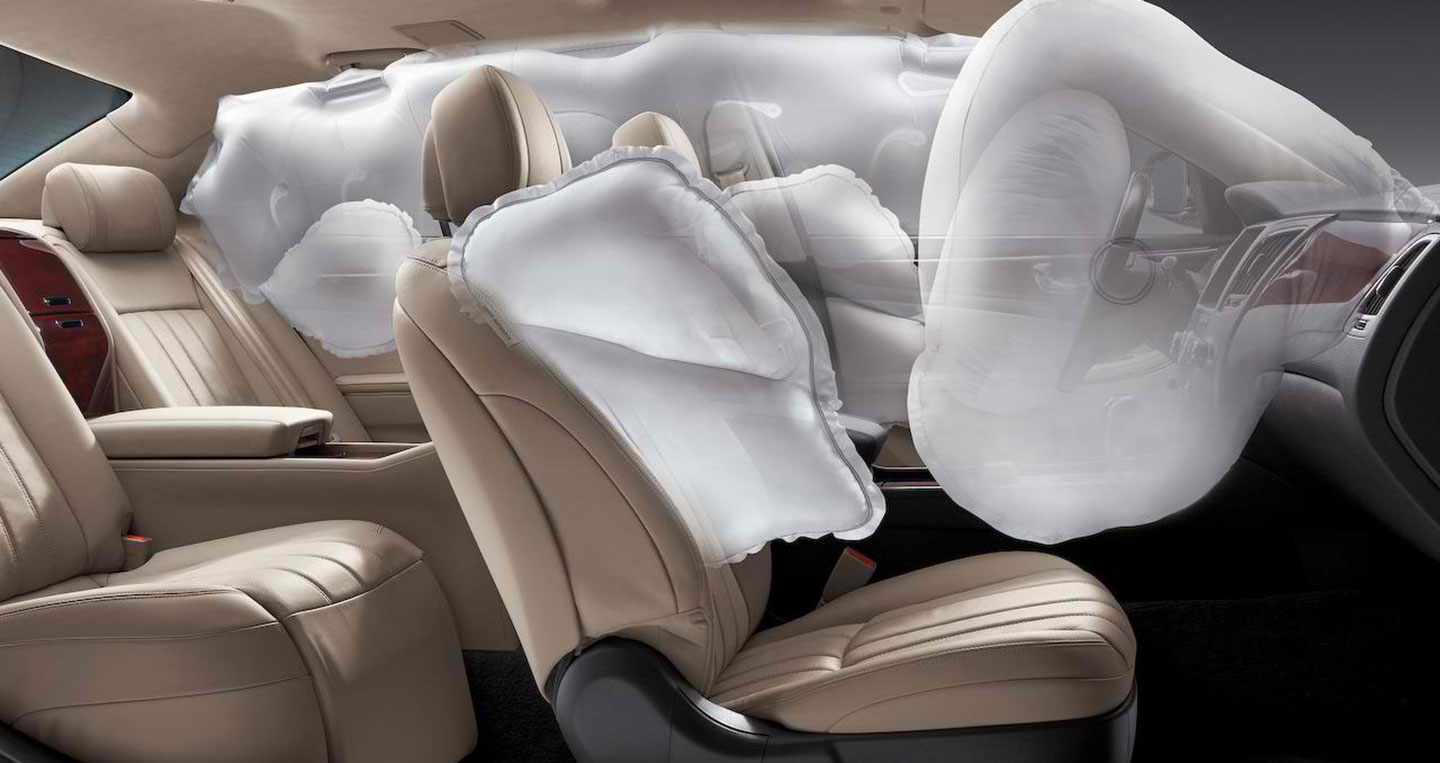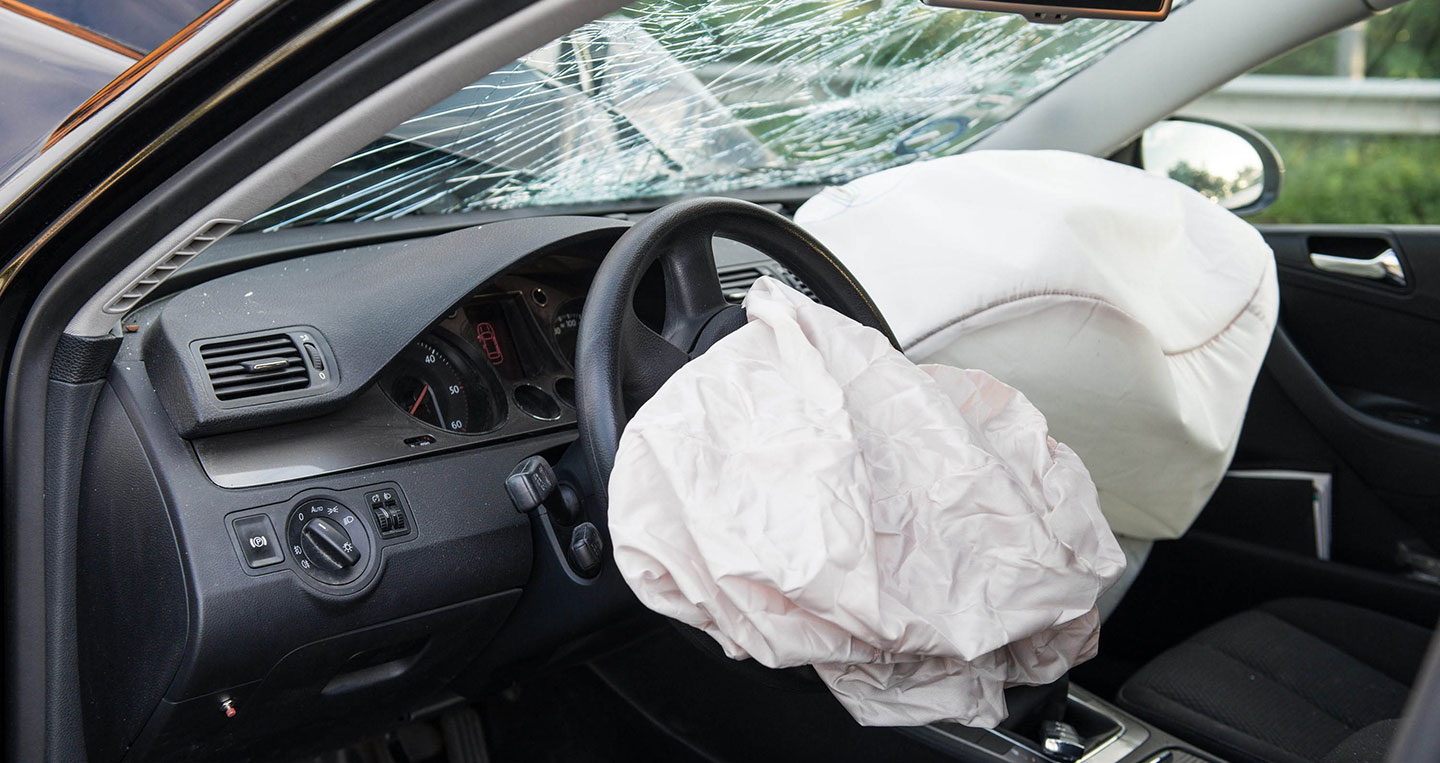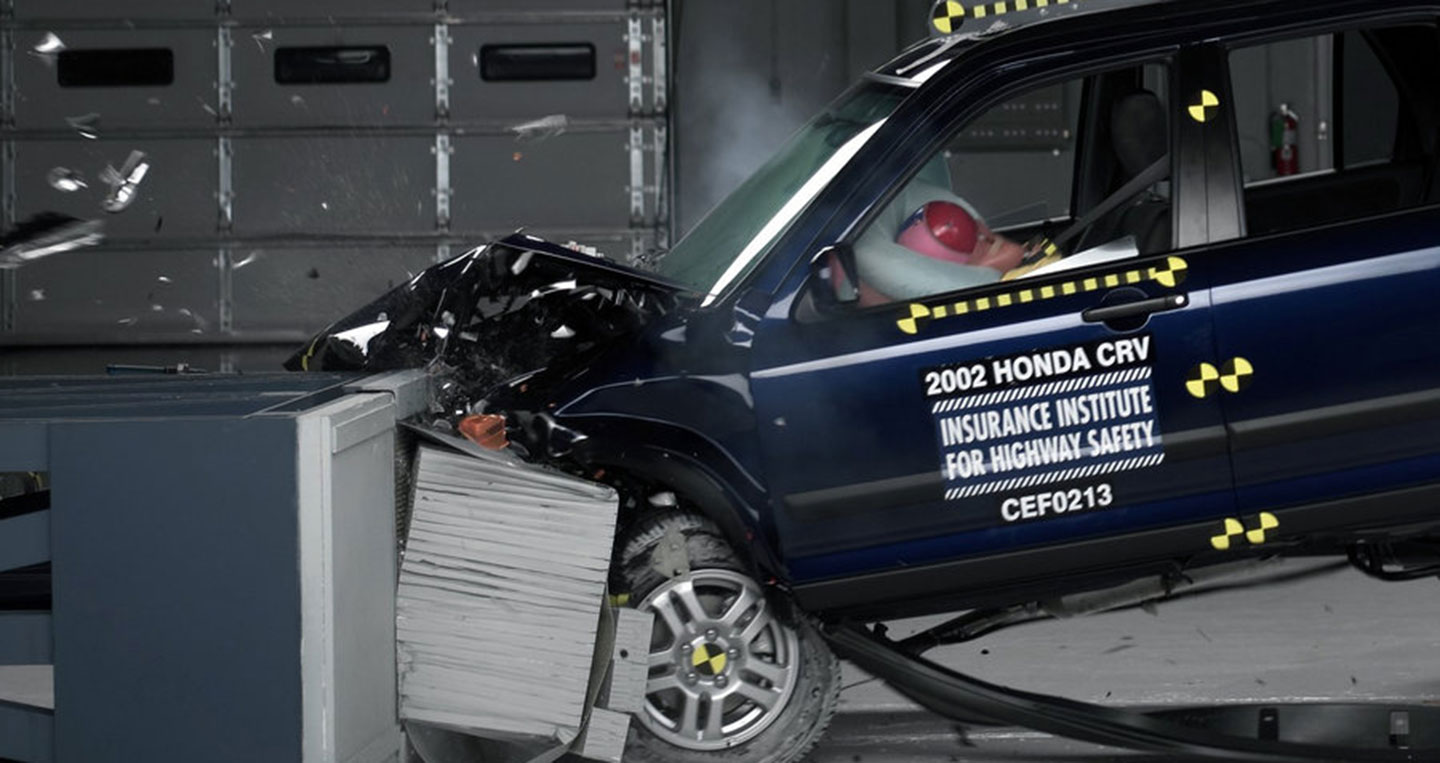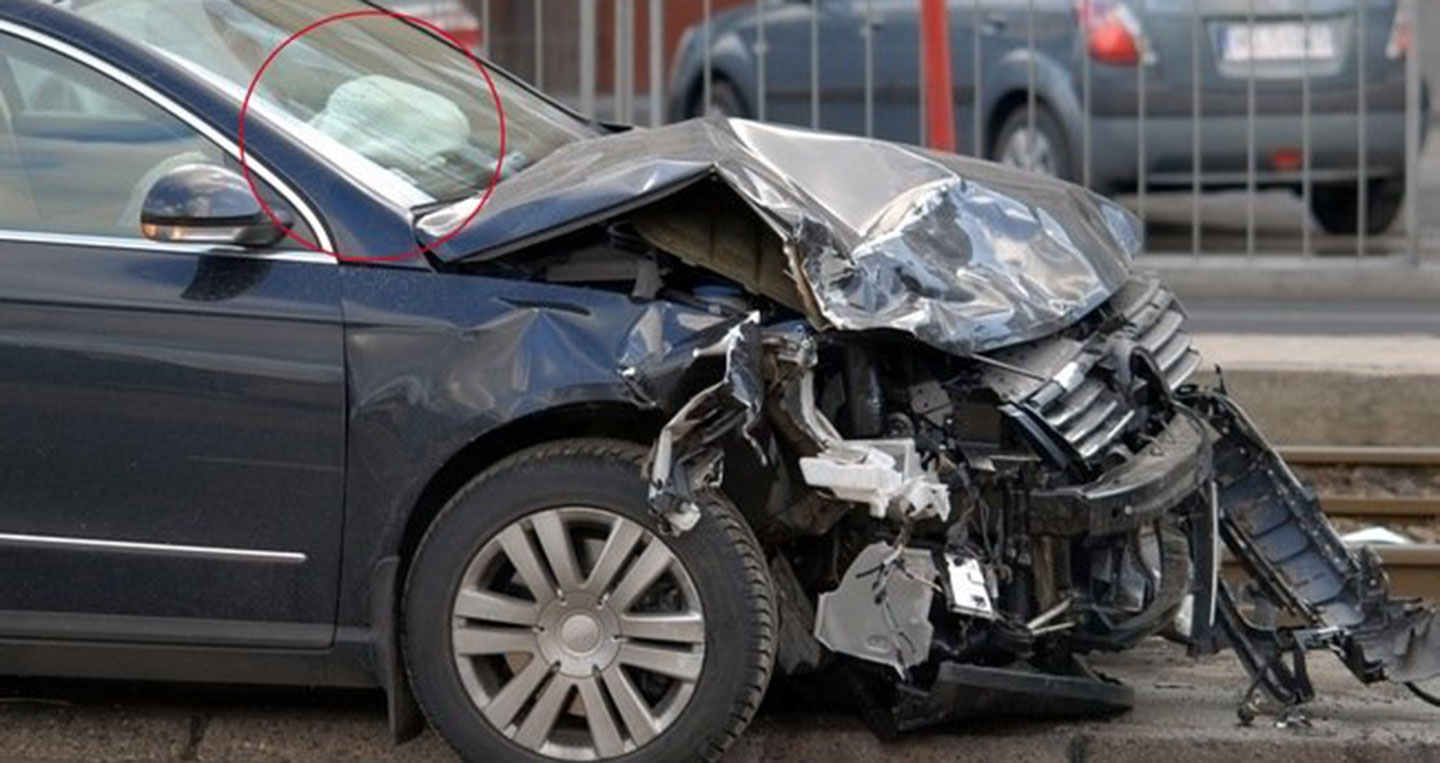Questions about airbags have always been a “hot” topic of debate for car users. Everyone interprets it differently, and everyone has their own reasons to claim they are right. Typically, users only understand the airbags on their own car models, but use this knowledge when talking about cars from other brands. As a result, there are often debates within the driver community about airbags. Here are 10 frequently asked questions about airbags:
1. Who invented the car airbag?
In the automotive industry, the airbag was first applied in 1941. The invention was made by German engineer Walter Linderer and was patented in late 1953. However, because the inflating time was not fast enough to ensure safety, Linderer’s device was no longer useful. Three months later, a similar invention by John W. Hetrick, an engineer and naval officer in the United States, was accepted in this country.

2. What material are airbags made of?
The material that makes up car airbags is a stretch fabric or a material that can be easily compressed in the necessary positions in the car and easily inflate when needed. In the event of a collision, the airbag is quickly inflated in milliseconds to protect the vital parts of the human body in the car.

To have a quick and accurate response from the inflation system, a sensor system is used to identify the necessary factors to deploy the device. After a collision, the parts in the car will deform and move, colliding with each other, so these sensors are carefully programmed to accurately record the force.
3. What does the SRS symbol mean?
The SRS symbol at the positions where airbags are located seems to have become familiar, but not everyone understands its meaning. This is the name of an additional impact reduction device, equipped in combination with seat belts to minimize body injuries.

After a collision occurs, seat belts gradually slow down the speed according to the inertia of the people in the car and thereby reduce the impact force on them. The SRS airbag also helps limit the chances of collision between the head and other objects in the car and absorbs part of the impact force on the driver and passengers.
4. How does an airbag work?
Basically, the SRS airbag goes through 3 main stages from when the car collides until the airbag is deployed. First, the main control system (ACU) controls collision, acceleration, speed, brake pressure sensors, etc. to determine the level of impact. When this value exceeds the specified value, the igniter in the new inflator is ignited.

Next, the igniter generates a current with an intensity from 1A to 3A within less than 2 milliseconds to ignite the igniter and the gas generating material to create a large amount of gas in a short time. Finally, the airbag is inflated to reduce the impact force on the people in the car and the air immediately escapes through the exhaust holes at the back.
5. Does an airbag deploy in every collision?
The answer is depends on the situation; not every collision will cause the airbag to deploy. In some cases, the car may suffer severe front-end damage, but the airbag does not deploy because the electronic calculations of the car show that the seat belts are enough to protect the people in the car, and the airbags are not necessary.

In terms of reaction order, when the car collides with another object, the frame and body of the car absorb part of the force (which may deform), reducing the force acting on the cabin. Then, the seat belts keep the passengers from moving forward due to inertia. The safety response process will stop here if the collision is not dangerous enough to threaten the lives of the people in the car.
6. When does an airbag deploy?
The answer is based on the information that the sensors placed on the front, body of the car send to the central control unit ECU. This information is a combination of many factors such as deceleration, force absorption, deformation, displacement of fixed parts in the car. If the ECU calculates and analyzes this information to determine a collision that is strong enough or life-threatening, the airbag will deploy.

Calculating “what is dangerous” depends on the perspective of each manufacturer and the characteristics of each car model.
7. Do you need to fasten your seat belt for the airbag to deploy?
Another controversy is whether the airbag will deploy without fastening the seat belt. The correct answer depends on each car from each brand. Most Japanese cars, for example, Toyota, design the airbag and seat belt systems independently. If the ECU calculates that the collision is dangerous enough to deploy the airbag, the airbag will deploy regardless of whether the seat belt is fastened or not.
Some German brands like Volkswagen and BMW also design these two technologies independently. In fact, with BMW, if the person in the car does not fasten the seat belt, the airbag will deploy even earlier and more sensitively in the event of a collision, indicating that it is dangerous.

However, Mercedes is different. The German carmaker has a structure where the airbag and seat belt depend on each other. If the seat belt is not fastened, the airbag will not deploy. Technical experts from Mercedes Vietnam explained that the airbag design with a fastened seat belt is to provide the best overall passenger protection options. But the technology is still set up intelligently so that in the event of a collision, even if the seat belt is not fastened, the airbag will still deploy.
Some car brands have the option to manually or automatically turn off the airbag for the front passenger seat to reduce costs when the airbag deploys without any passengers.
8. Will the airbag deploy if there is no one sitting?
There is also much debate on this issue. For example, when a collision occurs and the conditions are sufficient for the airbag at the driver’s seat to deploy, it is natural. So will the airbag at other positions, such as the passenger seat, deploy without anyone sitting? The answer to this question also depends on each case. Toyota experts say that the company does not consider this scenario, so regardless of when the car collides dangerously, the airbag will automatically deploy without caring whether there is someone sitting in the passenger seat or not.

However, Mercedes is different. The German carmaker has added force sensors under the seat. In an accident, when the sensor detects a large enough force as if someone is sitting, the airbag at the passenger seat will deploy. The reason for this configuration is to provide the highest level of safety for children sitting in the front seat. In this case, the airbag deploys like a small bomb exploding directly at the head and chest, which can be much more dangerous for a child than a car collision. The sensor under the seat will read the force, and if the force is below a certain limit, the ECU understands that there is a child in that position, and the airbag at the passenger seat will not deploy, only the driver’s airbag will deploy.
Some other German car brands offer the option to manually or automatically turn off the airbag for the passenger seat to reduce costs when the airbag deploys without any passengers.
9. Do all airbags have to deploy in a collision?
This is not true. For example, side airbags and overhead airbags are designed to operate when the car is severely hit from the sides. When the car is hit diagonally or head-on on the sides but not in the passenger compartment area, these devices may not deploy.

10. Do all cars have airbags?
Most cars nowadays are equipped with airbags as a prerequisite safety condition. But there are still old car models on the road that do not have airbags. To ensure the safety of users, it is important to make sure if your car has airbags or not, and how many airbags it has. And if it does have airbags, where are they located?
Thế Đạt (Trithucthoidai)









































![[ACCESSORY REVIEW] Gotech GT Mazda: The Perfect Puzzle Piece for the CX-5](https://vnauto.net/wp-content/uploads/2023/10/xehay-mazdacx5-05092023-5-100x70.jpg)